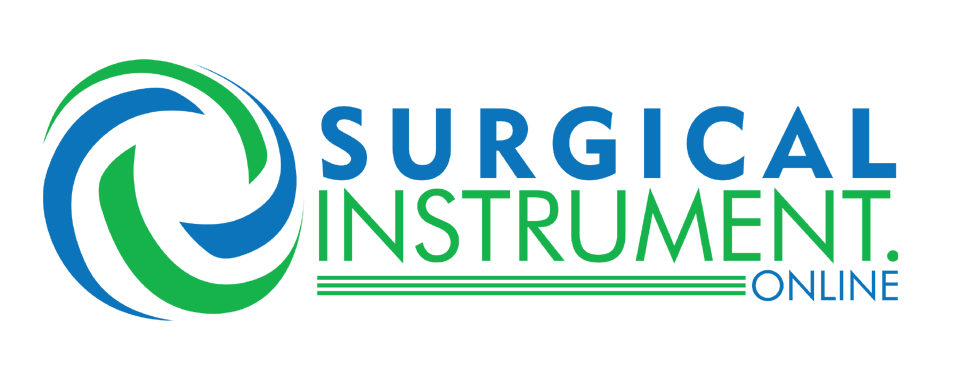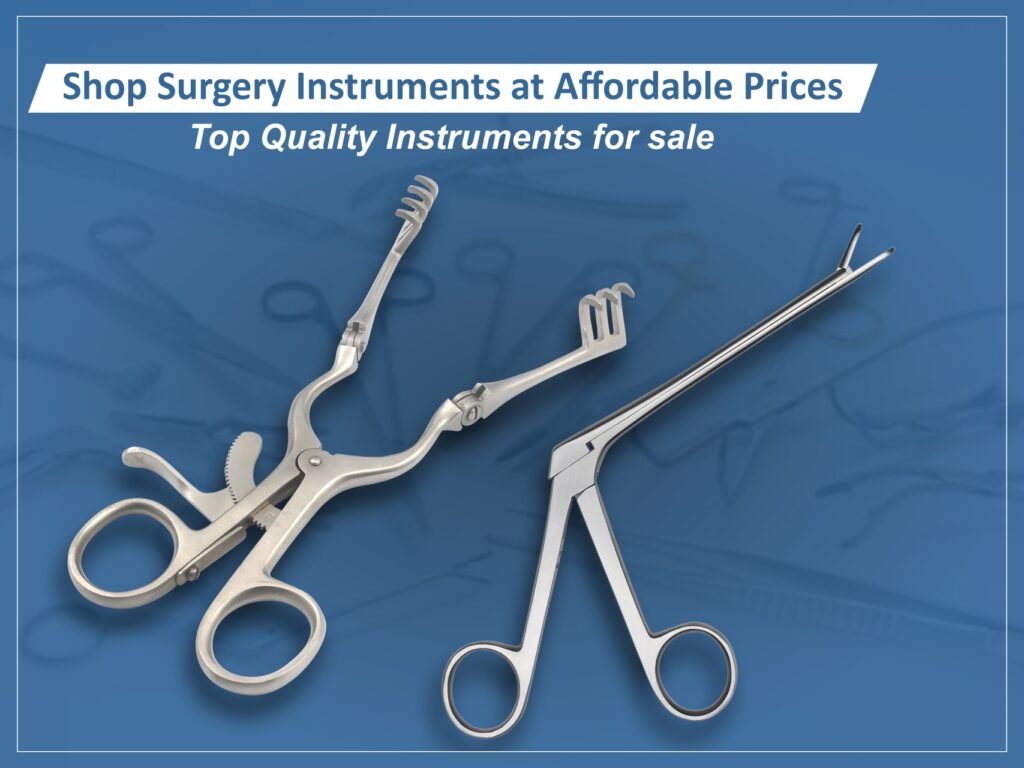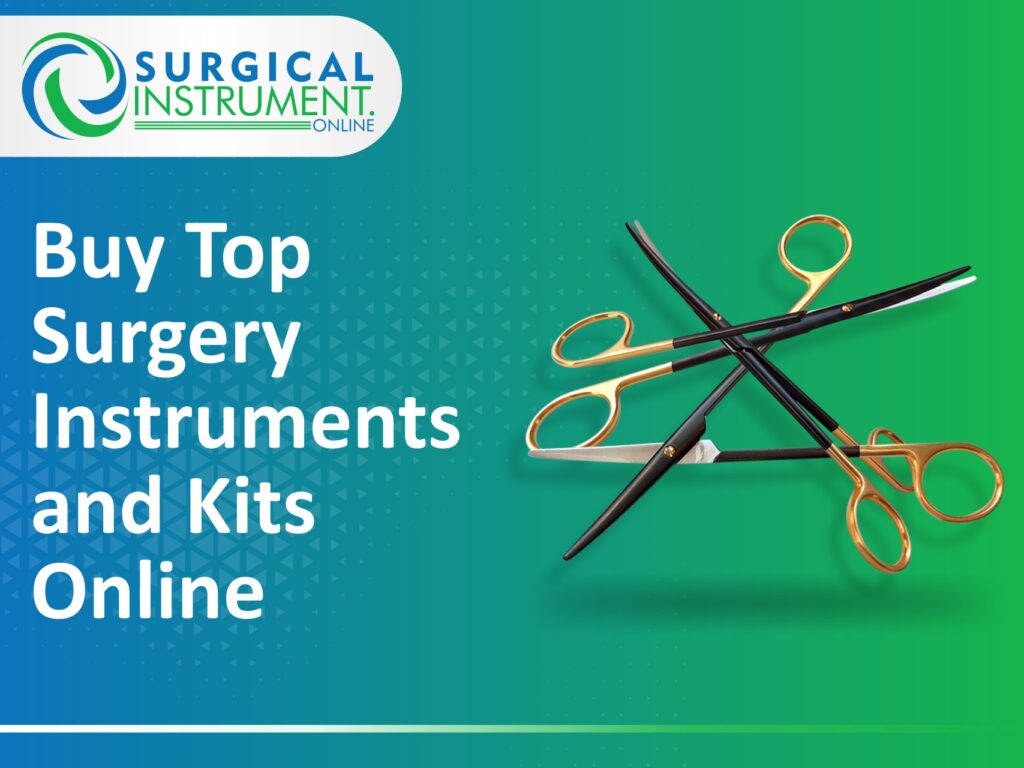Modern medical care relies on surgery instruments as essential tools that enable healthcare providers to complete procedures safely, accurately and efficiently. Their quality and precision an immense effect on outcomes of surgeries; understanding top rated surgery instruments – their types, uses and importance is therefore of utmost importance; this article gives insights into most trusted tools; their purposes as well as why they’re essential components in medical practices.
Surgical instrument Online’s Tools of surgical instruments cannot be undervalued as they have a direct bearing on patient safety, reduction of complications risks and acceleration of recovery times. When choosing surgical instruments it’s imperative that one prioritizes quality, durability and functionality – three components which play key roles in producing outstanding outcomes in any procedure.
1. Scalpel with Precision Blade for Surgery Surgical Scalpel.
Uses: A scalpel a blade used for cutting into tissues during surgeries. Surgeons depend on this instrument for accurate cuts that don’t damage other parts of their bodies during procedures like neurosurgery. Even simple tasks need minimal force that is usable so as not to disturb surrounding tissue structures too hard.
Importance: Extreme Precision: Scalpel blades offer extreme precision when it comes to precise cuts, making them the ideal tool for making controlled yet precise cuts with controlled cuts for accurate and controlled cuts.
Minimal Disruption: Sharp edge blades reduce tissue damage while speeding healing to promote faster recovery time.
2. Versatile and Reliable Scissors for Surgery
Type: Straight and Curved Scissors designed specifically for use during surgical operations.
Uses: Scissors are vital tools when a surgeon has to cut tissues, stitch.
Importance: With their combination of straight and curved designs, surgical scissors provide ample adaptability in meeting various surgical requirements.
Precision Cut: These scissors provide accurate cutting to avoid demaging nearby tissues accidentally.
Durability: this tool is made up of high quality stainless steel, surgical scissors provide durability..
3. Needle Holder for Suturing
Uses: A needle holder, more often called “needle driver,” is an indispensable surgical instrument used for suturing. By securely gripping needles as they thread their way through tissue, needle holders play an invaluable role in stitching wounds closed post surgery or performing delicate procedures that necessitate precise suture placement.
Importance: Attentive Grip: Needle holders provide essential safety and control features by securely yet gently gripping needles for accidental injuries to occur as little as possible.
Increase Precision: Surgeons now possess greater accuracy in manipulating needles for accurate suture placement.
Ergonomic Designs: Many needle holders are designed with ergonomics in mind to offer maximum comfort during long surgeries, decreasing hand fatigue.
4. Forceps for Gripping and Clamping Precisely
Forceps skillful surgery instruments used for grasping, holding, or manipulating tissue during surgery procedures. There are different types available such as thumb forceps for accurately gripping tissue while tissue forceps provide more fine handling, while hemostatic forceps clamp blood vessels to stop bleeding – surgeons depend on forceps during both daily operations as well as complicated surgeries to control blood flow or manipulate tissues more easily.
Tissue Handling: Forceps are necessary tools for holding and manipulating tissue without apply to unnecessary harm to it.
Precision: Forceps provide accurate manipulation of tissues and surgical materials, optimizing surgical outcomes.
5. Sterile Drapes and Covers
Uses for Sterile Drapes: Sterile drapes can help protect surgical sites against potential contamination by providing an extra barrier between patients and operating areas. When placed over them prior to any procedure starting, surgical teams often utilise these garments as part of an operational strategy plan.
Comfort: Hospital gowns provide patients with much-needed relief during surgery by covering most of their bodies for maximum coverage and providing peace of mind to both surgeons and patients alike.
6. Retractors for Exposing the Surgical Area
Type: Self-retaining and Hand Held Retractors.
Uses: Retractors as surgical instruments use to retrace tissue during surgical procedures. Retractors may help expose deeper layers of organs for easier surgical access and are available both as self-retaining (which hold tissue without assistance) and hand-held varieties.
Importance: Increased Access: Retractors provide better visibility and access to surgical sites by holding organs or tissues back, thus giving surgeons greater vision into surgical sites.
Reduce Fatigue: Self-retaining retractors help surgeons combat fatigue as their assistant no longer required to hold it, freeing their focus for performing procedures more thoroughly.
Tissue Protection: Tissue-protective barriers aim to minimize tissue damage while keeping surgical sites clear for processing and visibility purposes.
Conclusion:
Surgical instrument online Top-rated surgery instruments become needed tools in modern operating rooms, helping surgeons with performing treatments with greater accuracy, efficiency and safety. Each surgical instrument performs an important part in ensuring successful surgeries, from sharp scalpels and dependable needle holders to flexible scissors. – each instrument participates in successful surgeries results.












